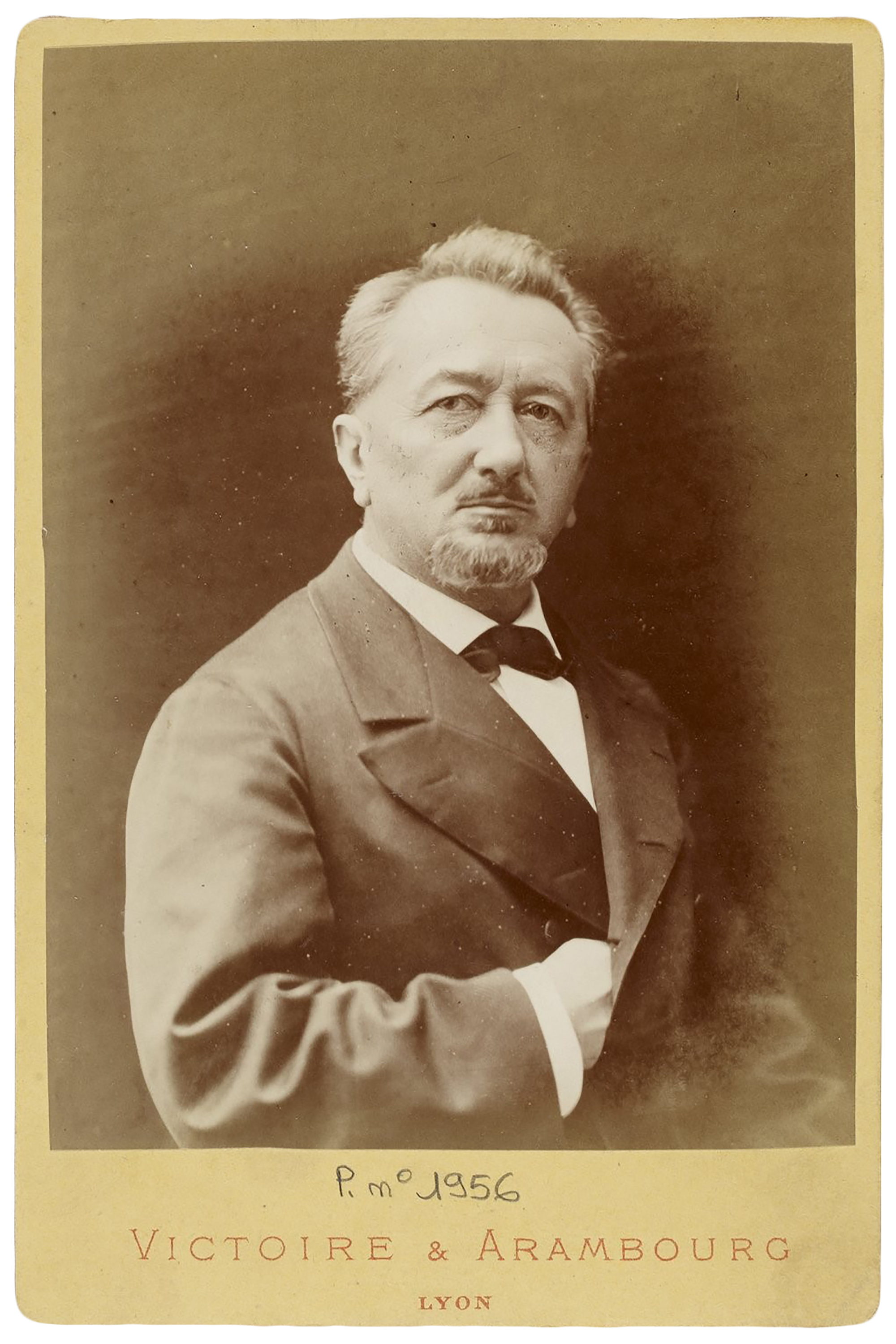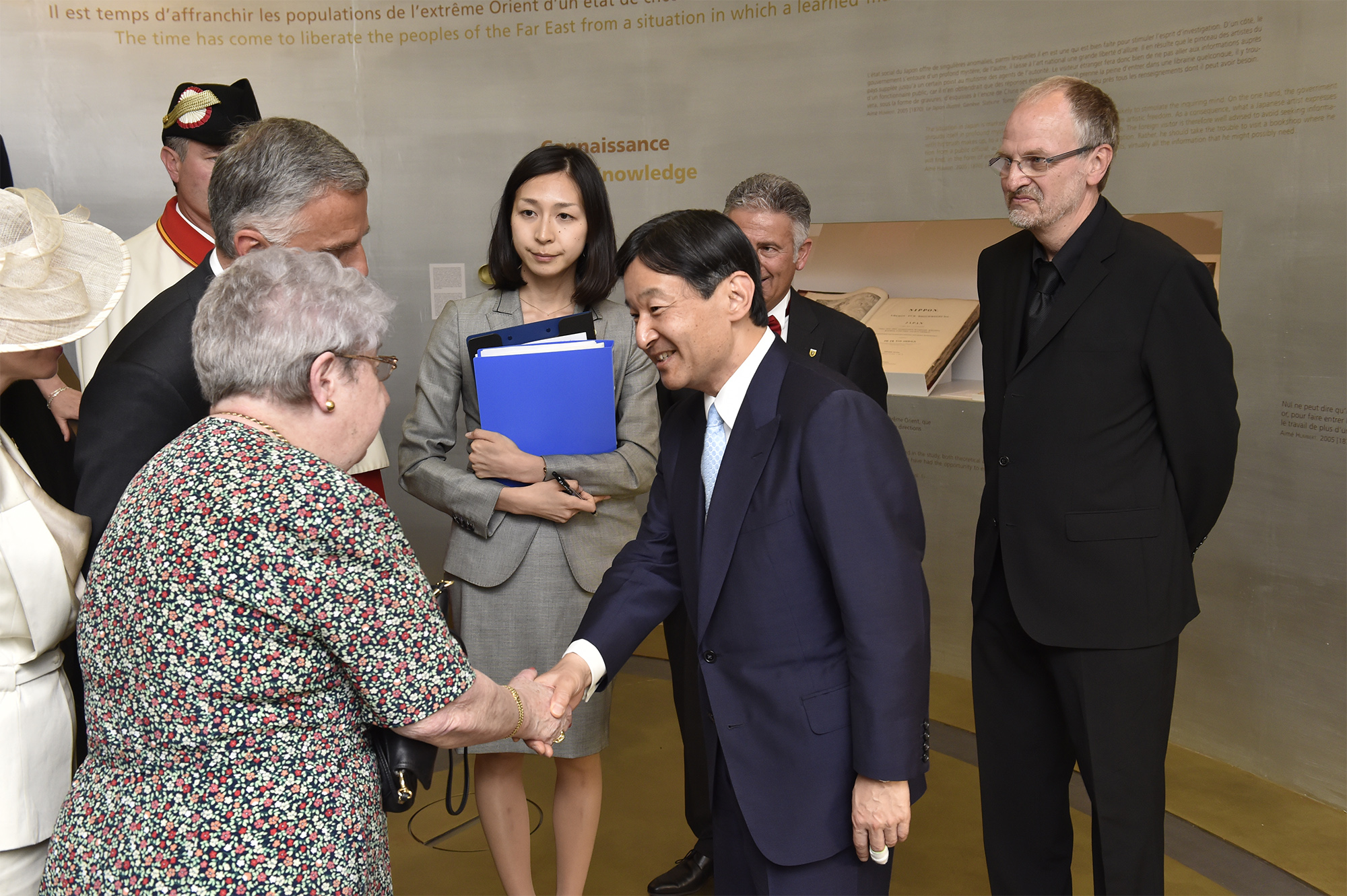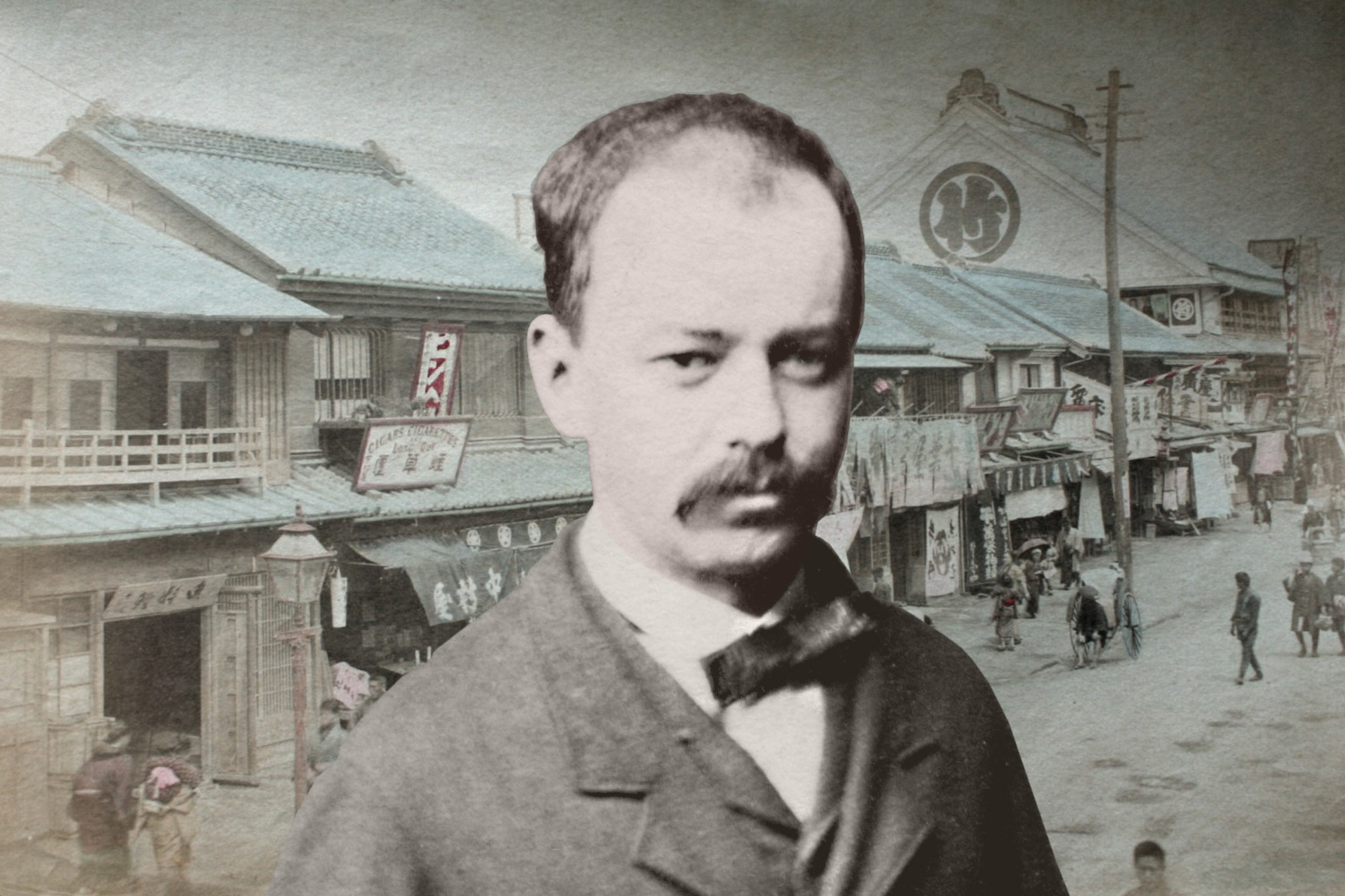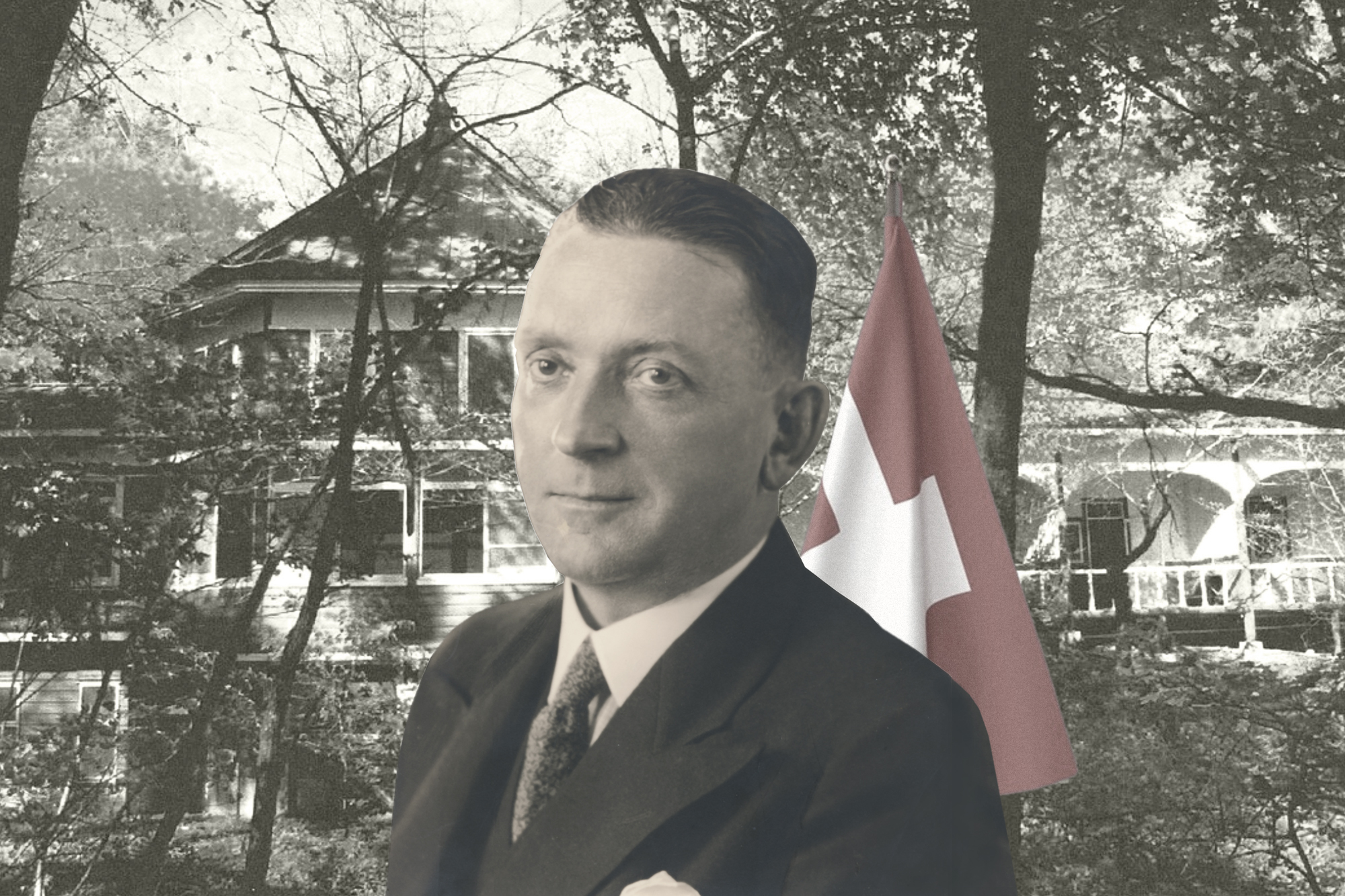Aimé Humbert-Droz (1819-1900)
Kanto | Yokohama City
Historical Figures & Locations
Follow the odyssey of the businessman, politician, and traveller who crossed the world to establish the relations between Switzerland and Japan.
In the quest for an audience
In the final years of the Edo period, Japan was going through a period of uncertainty. Torn by internal power struggles, increasingly despised by the population, and threatened by foreign powers, the ruling Shogunate found itself in a position of weakness after the arrival of US destroyers in Kanagawa in 1853. As a result, Japan was subjected to “unequal treaties” that gave great powers such as the USA, the Netherlands, Russia, England, or France unfair economic and strategic advantages in their bilateral relations with their new Asian partner.

Le Locle, circa 1860 - engraving by F. Burkhard (©Girard-Perregaux Archives)
In Switzerland, industrial circles were well informed about these developments, but their calls for a delegation to Japan were met with lukewarm interest by the Federal Government in Bern. Indeed, the Archipelago was not yet a diplomatic priority, and recent attempts by German-born writer and diplomat Rudolf Lindau (1829-1910) and Swiss watchmaker François Perregaux (1834-1877) to set up an export office there had already been unsuccessful. One man, however, decided that his country would not pass on such a great opportunity.
From Neuchâtel to Yokohama

(©gallica.bnf.fr / Bibliothèque nationale de France)
Born in a watchmaker family in La Chaux-de-Fonds, in northern Switzerland, Aimé Humbert-Droz slowly climbed the social ladder to become senator of the canton of Neuchâtel and president of the Watchmaking Union (a corporation of about fifty watchmakers from the Chaux-de-Fonds and the Locle areas). At the end of his political mandate in 1862, he realized that time was truly up the essence regarding Japan: the sooner the Swiss watchmakers would have access to this new foreign market, the better their then-stagnating industry would perform!

The Dutch and Swiss consulate in Yokohama, circa 1862
Humber-Droz thus single-handedly convinced Switzerland’s Federal Council to give him the title of plenipotentiary minister and send him with a delegation to Japan to negotiate a treaty. After 145 days of sailing, he arrived in Nagasaki on November 17, 1862, then in Yokohama on April 26, 1863. There, he settled at the residence of Dutch Consul-general Dirk de Graeff van Polsbroek (1833–1916), located in the Benten quarter. After ten months of unsuccessful attempts to meet with the Shogunate in Edo, his mission was eventually called off by the Swiss government. Only through the support of the head of the Dutch representation to Japan did Humbert-Droz managed to secure an agreement in the very last days of his stay.

Foreign diplomats strolling in the streets of Edo (later renamed Tokyo)
On February 6, 1864, he and Takemoto Kai-no-Kami, Minister in charge of foreign affairs of the Shogunate, signed the “Treaty of Friendship and Commerce, between the Federal Council of the Swiss Confederation and His Majesty the Tycoon” in Edo. The friendship between Switzerland and Japan was born, and business followed closely: the Swiss watch, arm and precision instrument industries would soon flourish in Yokohama.

Excerpts of the “Treaty of Friendship and Commerce, between the Federal Council of the Swiss Confederation and His Majesty the Tycoon” (©Swiss Federal Archives)
Narrating the Far-East

Traditional musicians
In between his repeated attempts to negotiate with the Shogunate, Aimé Humbert-Droz often found himself with a lot of free time. Fascinated by Japan, he therefore started assembling a collection of 3,668 Japanese broadsheet woodblock colour prints, printed books, pictures and paintings documenting daily life and famous sites in the Archipelago. More than 2,000 of these documents are nowadays housed in the Museum of Ethnography of Neuchâtel.

Officers and soldiers of the Shogun

Religious procession for the deity "Gozu Tenno"
Upon his return to Switzerland, he published a detailed account of his time in Japan in the weekly review “Le Tour du Monde” (“Around the world”) between 1866 and 1869. The lengthy text, which is both critical and full of admiration for Japan, was subsequently compiled into two volumes of 856 pages and 476 illustrations named “Le Japon illustré” (“Japan and the Japanese”, Hachette, 1870). As few literature on the Far-East was available at the time, his publications played a great role in shaping the European visual image of Japan in the late 19th century.

The refinement of Japanese culture would soon generate fascination for Japan in the West
Having spent the final years of his career as a university rector in Neuchâtel, Aimé-Humbert Droz passed away in Neuchâtel at age 81. On June 19, 2014, as the two countries commemorated the 150th anniversary of the establishment of their diplomatic relations, His Highness Crown Prince Naruhito was invited by Swiss President Didier Burkhalter to visit his hometown of Neuchâtel, where he had the opportunity to meet Ms. Christiane Lozeron, the great-granddaughter of Humbert-Droz. Together with members of all generations, they joyfully celebrated to the plenipotentiary minister’s long-lasting legacy of trade and friendship between Switzerland and Japan!

2014: His Imperial Highness Crown Prince Naruhito meets Ms. Christiane Lozeron, the great-granddaughter of Humbert-Droz (©Musée d'ethnographie de Neuchâtel/Alain Germond)




